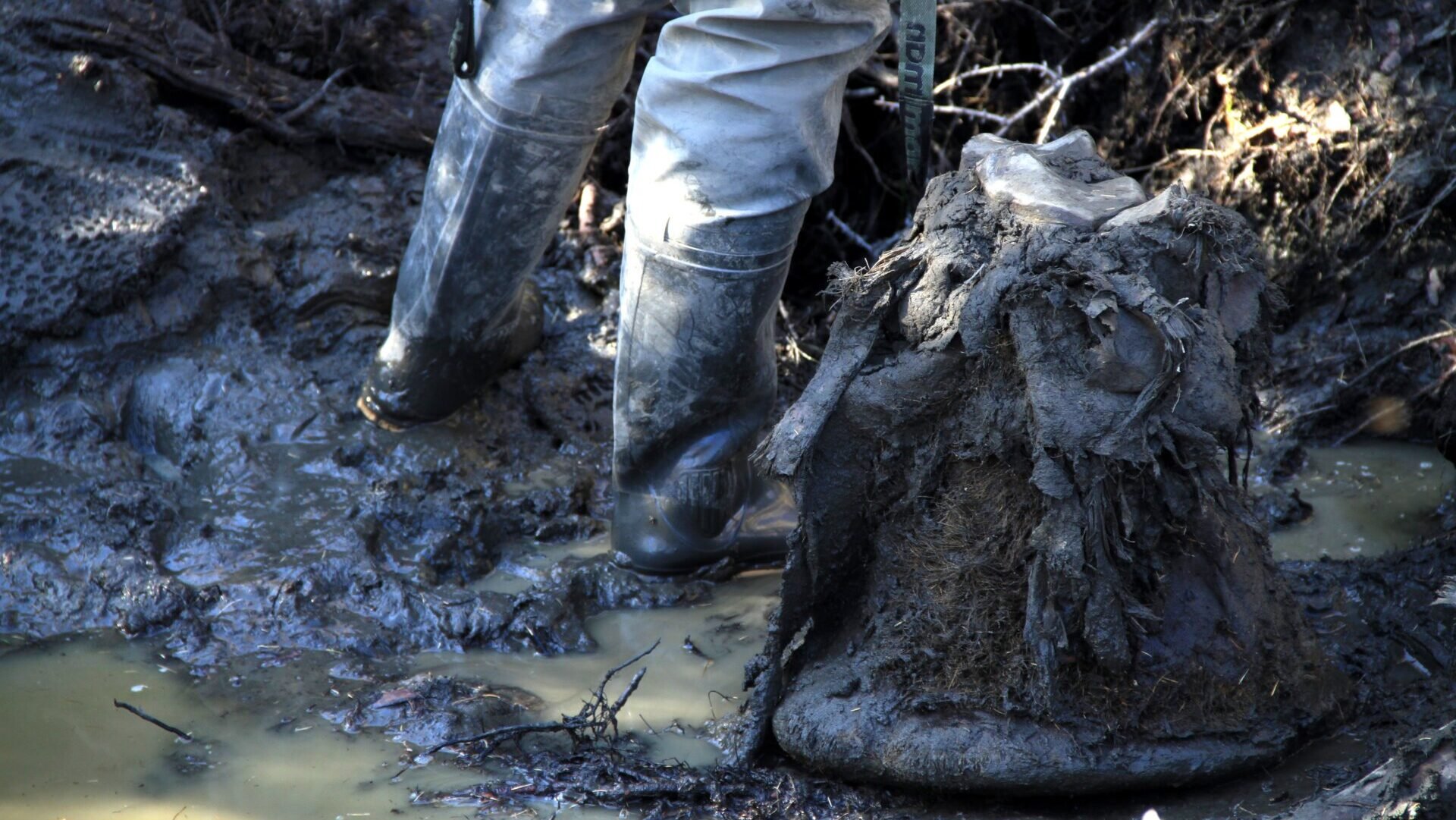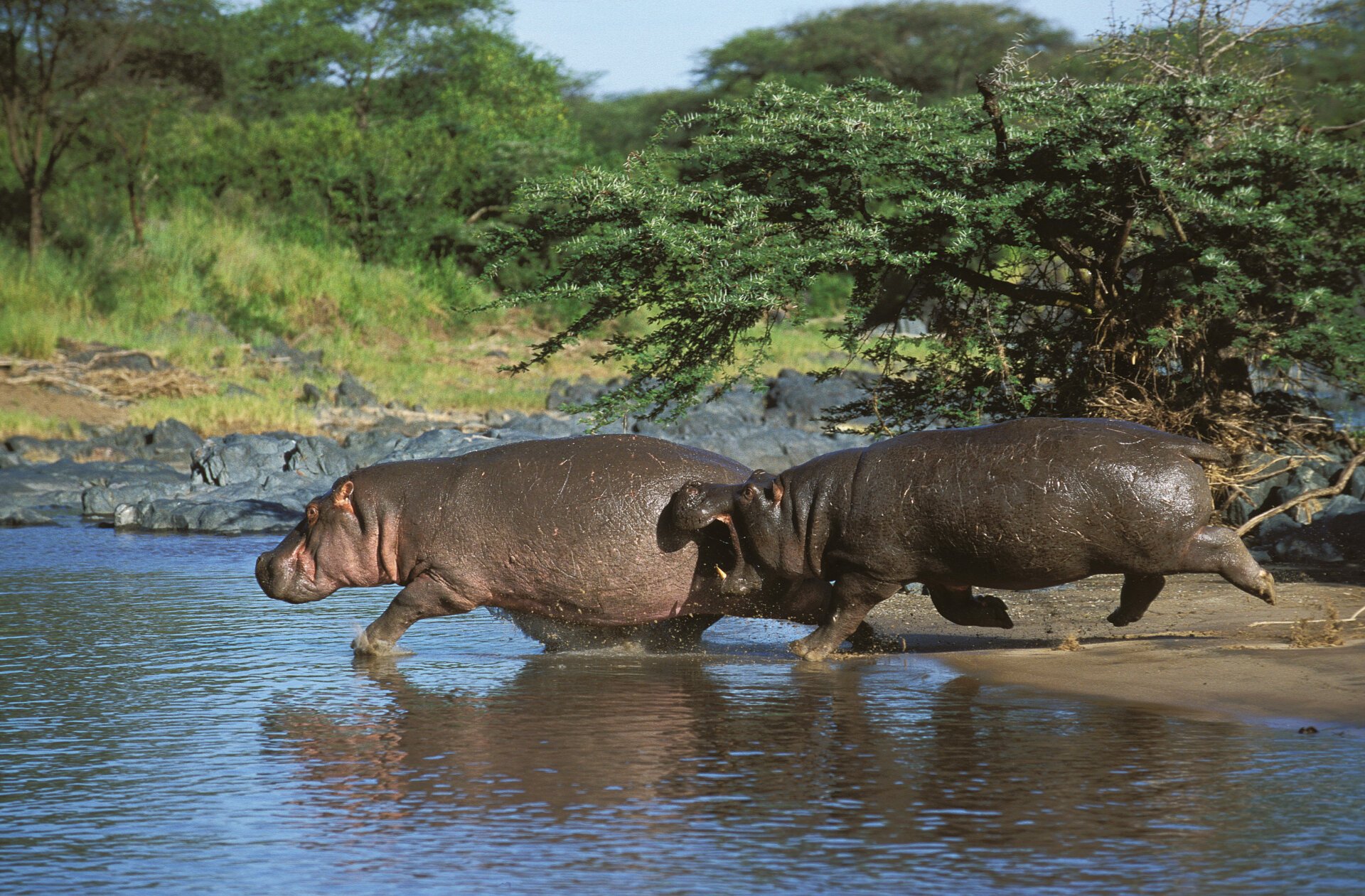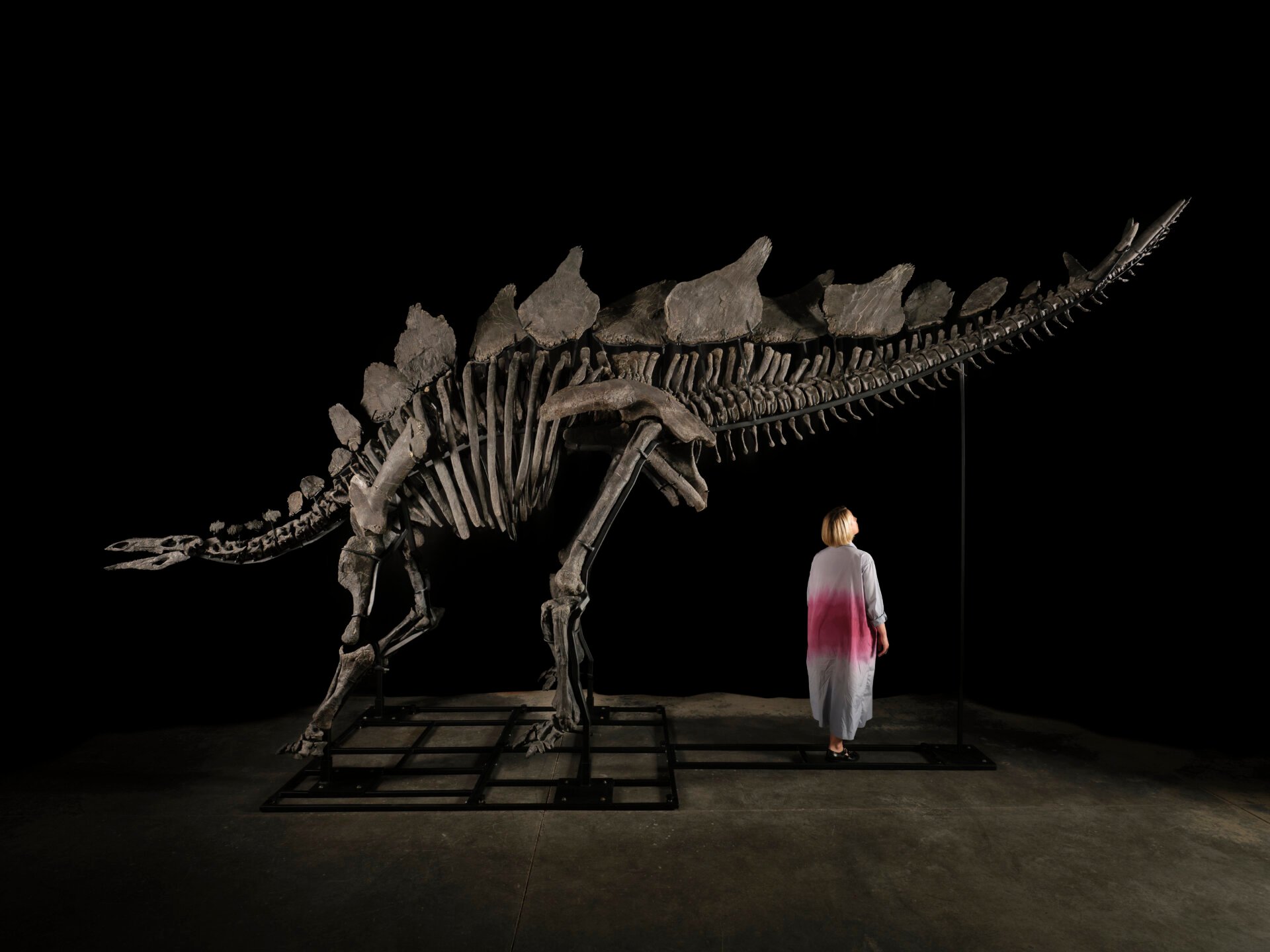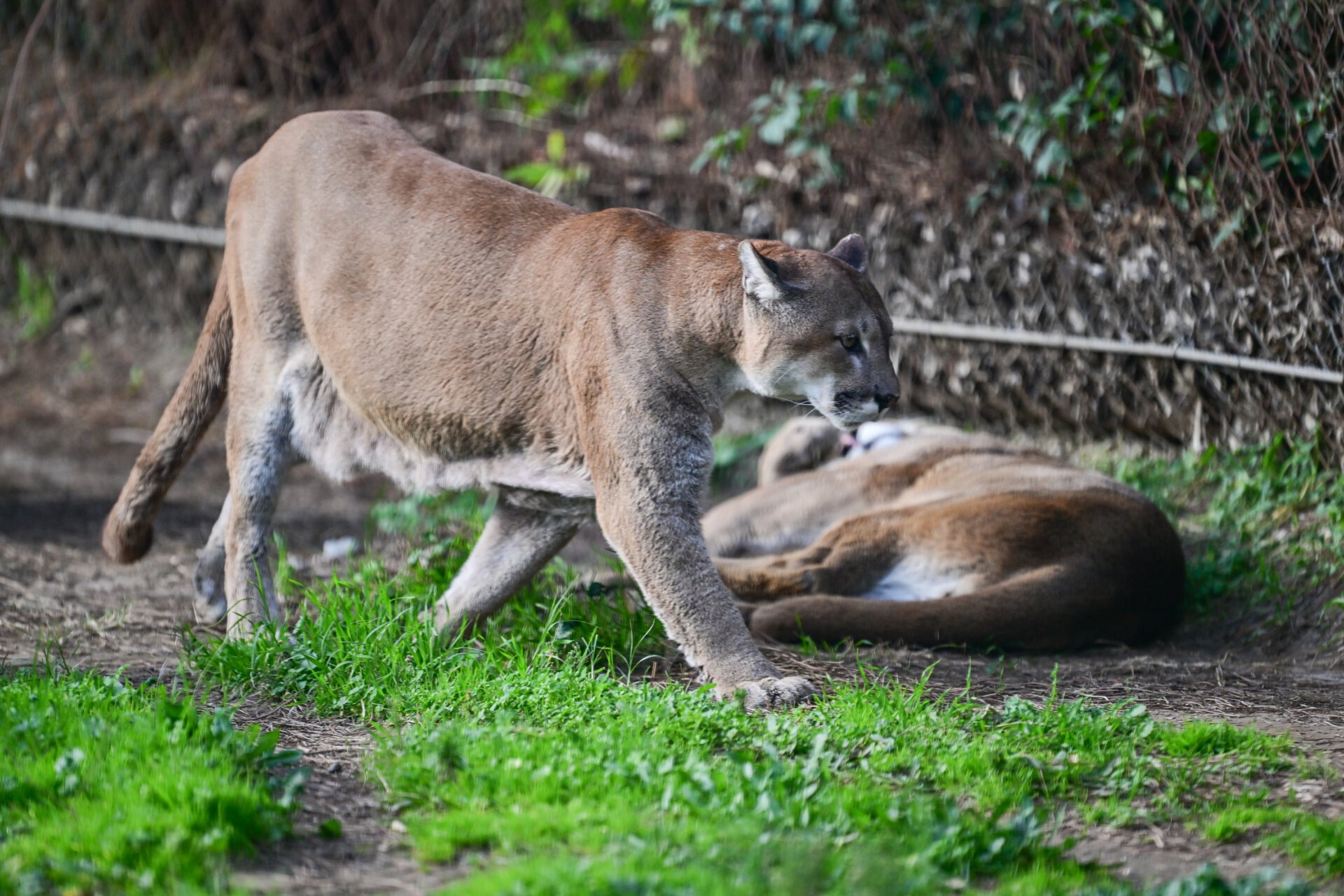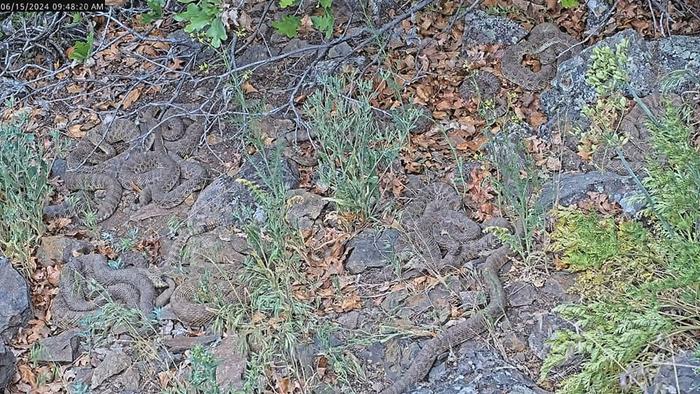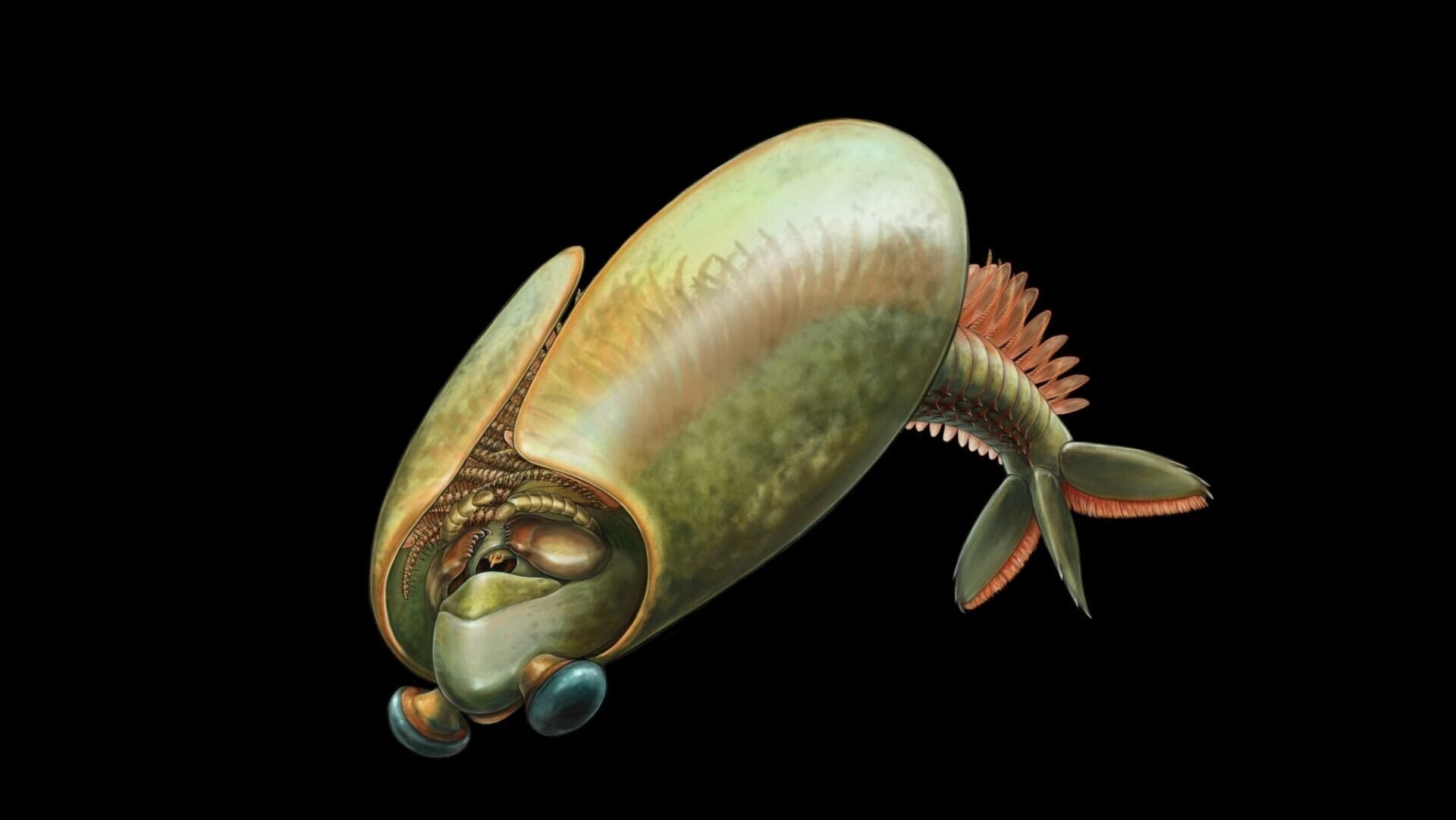The remarkable preservation of a woolly mammoth’s remains, dating back 52,000 years, has provided scientists with an unprecedented glimpse into the ancient animal’s genome architecture. The desiccated skin, discovered in the permafrost, contains intact mammoth chromosomes, offering a unique window into the biology of this extinct giant.
This discovery pushes the boundaries of preservation beyond the typical findings of bones and soft tissue. While the last mammoths disappeared approximately 4,000 years ago, the samples studied in this research are significantly older, originating from a time when Neanderthals still roamed the Earth.
Mammoth remains are frequently found preserved in permafrost, but thawing and refreezing cycles can damage delicate microscopic structures. While the 2022 discovery of a well-preserved mammoth calf in the Yukon was remarkable, this new finding represents preservation on a molecular level. The research detailing this groundbreaking discovery was recently published in Cell.
“We were essentially exploring at different levels, digging deeper and deeper, until we zoomed in to the molecular level and realized we were looking at a completely new kind of fossil,” explained Erez Lieberman Aiden, a computer scientist and geneticist affiliated with Rice University, Baylor College of Medicine, and the Broad Institute of MIT and Harvard.
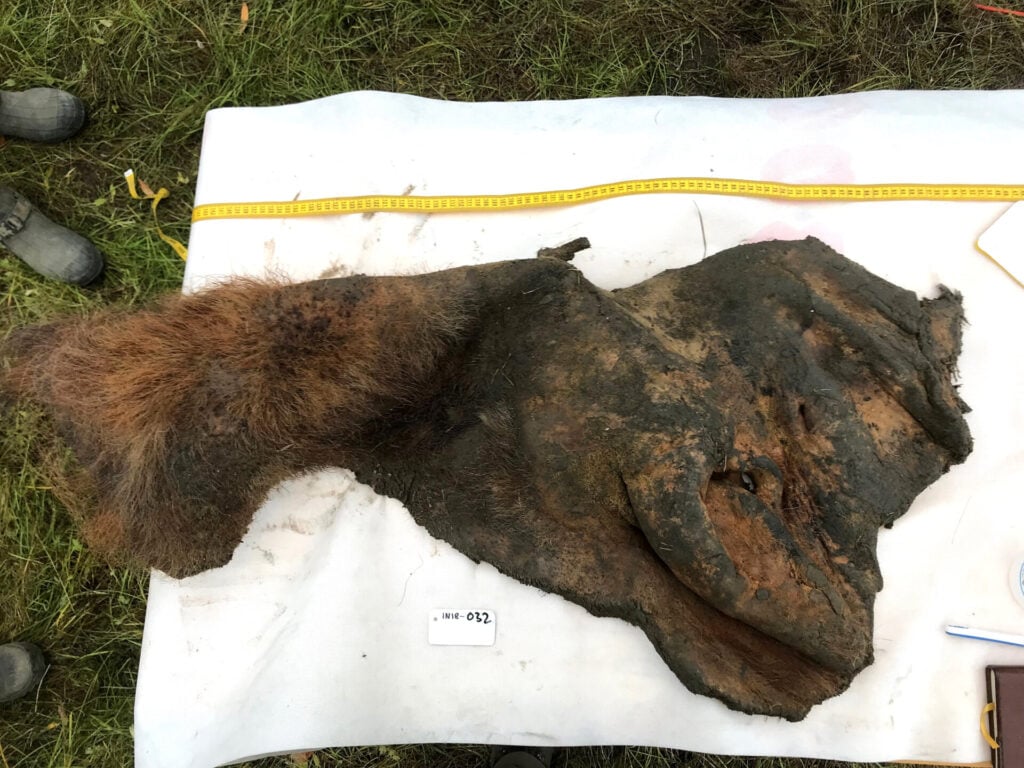 Mammoth skin, in which mammoth chromosomes were found.Microscopic image of mammoth skin revealing remarkably preserved chromosomes.
Mammoth skin, in which mammoth chromosomes were found.Microscopic image of mammoth skin revealing remarkably preserved chromosomes.
Flash-Freezing Preserved Mammoth Chromosomes
The 52,000-year-old mammoth remains, which still retained hair at the millimeter scale, suggest the animal was flash-frozen. This rapid freezing, estimated to have occurred about 10,000 years before the extinction of Neanderthals, prevented thawing and preserved the hair, follicles, cells, and even the folded chromosomes within their cellular compartments. Researchers were able to observe the genetic loops that control gene expression.
Lieberman Aiden described the process as a form of freeze-drying, creating a “beef jerky” effect. The flash-freezing locked the chromosomes in place, preventing diffusion and degradation. This “chromoglass,” as the researchers dubbed it, acted as a time capsule for ancient molecules.
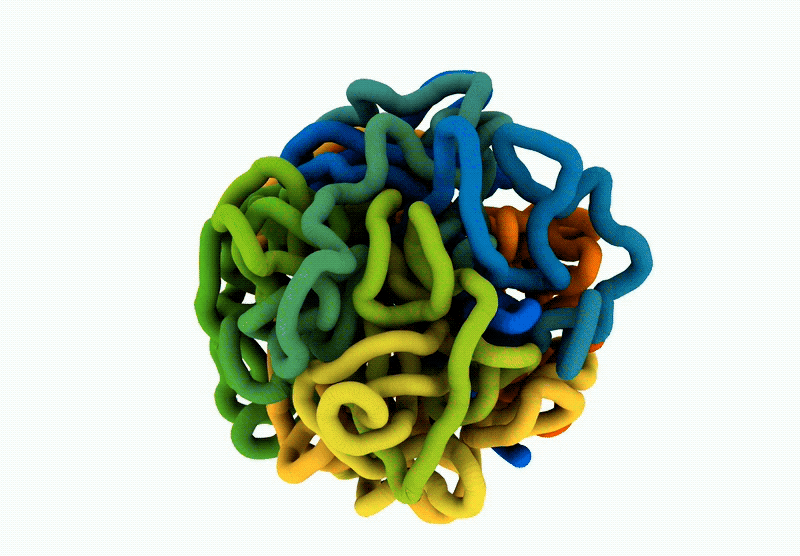 A 3D animation of the mammoth chromosomes.3D reconstruction of mammoth chromosomes, revealing their complex structure.
A 3D animation of the mammoth chromosomes.3D reconstruction of mammoth chromosomes, revealing their complex structure.
This exceptional preservation allowed for the first genome assembly of an extinct species. Mammoths, like elephants, possessed 28 chromosomes. The 3D reconstruction of these chromosomes provides an intricate view of the microscopic structures that shaped these Ice Age giants.
“This level of detail in the mammoth genome opens up exciting possibilities for comparing species,” noted Cynthia Pérez Estrada, a researcher at Baylor College of Medicine and co-author of the study. “Visualizing the chromatin organization in three dimensions is truly remarkable.”
The Durability of Chromoglass
To test the resilience of chromoglass, researchers subjected dehydrated beef bologna, structurally similar to the mammoth skin, to extreme conditions. They immersed it in water, acid, and liquid nitrogen; microwaved it; subjected it to impacts; and even shot it with a shotgun. Remarkably, despite fragmentation, the chromosomal structure remained intact at the microscopic level.
 Shooting beef chromoglass with a shotgun.Testing the durability of chromoglass by subjecting it to a shotgun blast.
Shooting beef chromoglass with a shotgun.Testing the durability of chromoglass by subjecting it to a shotgun blast.
“These are the first preserved chromosomes of their kind,” said Olga Dudchenko, a genomics researcher at Rice University and Baylor College of Medicine and co-author of the research. “We anticipate discovering many more in the years to come.”
This discovery surpasses previous findings of ancient DNA, including million-year-old DNA from mammoth tusks. The preserved chromosomes enable the study of gene expression and genome assembly, providing insights beyond the simple presence of DNA. Currently, the oldest sequenced DNA comes from environmental samples in Greenland, which allowed researchers to reconstruct the early Pleistocene environment.
Implications for De-extinction and Understanding Elephant Genetics
The preserved chromosomes offer valuable information for de-extinction efforts, potentially aiding in understanding genes related to cold resistance and hair growth. This could be beneficial for companies like Colossal Biosciences, which are working to create proxy species of extinct animals. While the research team emphasized that de-extinction is not their primary focus, the findings could contribute to such endeavors.
Furthermore, the mammoth chromosomes can enhance our understanding of elephant genetics. The Asian elephant, the closest living relative of the woolly mammoth, can benefit from comparative genetic studies.
“This is about our ability to learn from the past,” stated Lieberman Aiden, highlighting the importance of understanding past life in the context of current challenges like climate change.
AI and the Tree of Life
AI plays a crucial role in analyzing the mammoth genome. By feeding genetic code into AI models, scientists can predict protein binding sites and genome folding. This allows for contextualizing the mammoth within the broader tree of life.
“AI’s strength lies in its ability to synthesize insights from various species, providing informed predictions,” explained Lieberman Aiden.
The convergence of new technologies, innovative methods, and fortunate discoveries is unveiling the ancient world in unprecedented detail. Studying the woolly mammoth at the molecular level deepens our understanding of the past and informs conservation efforts for the future.



